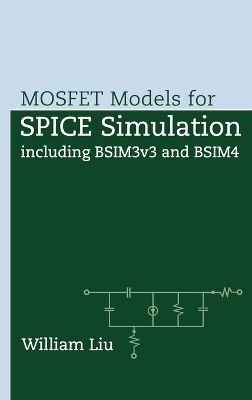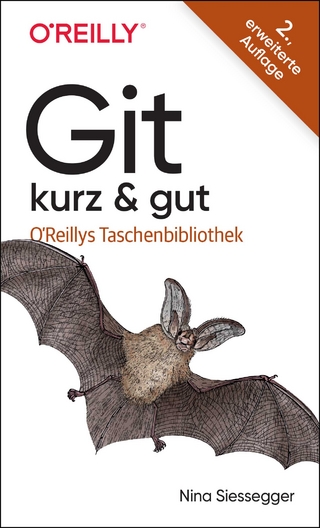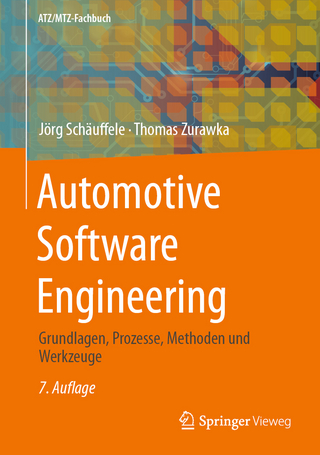
MOSFET Models for SPICE Simulation
Wiley-IEEE Press (Verlag)
978-0-471-39697-0 (ISBN)
An expert guide to understanding and making optimum use of BSIM Used by more chip designers worldwide than any other comparable model, the Berkeley Short-Channel IGFET Model (BSIM) has, over the past few years, established itself as the de facto standard MOSFET SPICE model for circuit simulation and CMOS technology development. Yet, until now, there have been no independent expert guides or tutorials to supplement the various BSIM manuals currently available. Written by a noted expert in the field, this book fills that gap in the literature by providing a comprehensive guide to understanding and making optimal use of BSIM3 and BSIM4.
Drawing upon his extensive experience designing with BSIM, William Liu provides a brief history of the model, discusses the various advantages of BSIM over other models, and explores the reasons why BSIM3 has been adopted by the majority of circuit manufacturers. He then provides engineers with the detailed practical information and guidance they need to master all of BSIM's features. He:
Summarizes key BSIM3 components
Represents the BSIM3 model with equivalent circuits for various operating conditions
Provides a comprehensive glossary of modeling terminology
Lists alphabetically BSIM3 parameters along with their meanings and relevant equations
Explores BSIM3's flaws and provides improvement suggestions
Describes all of BSIM4's improvements and new features
Provides useful SPICE files, which are available online at the Wiley ftp site
WILLIAM LIU, PhD, is a senior member of the technical staff at Texas Instruments, where he has worked since obtaining his PhD in electrical engineering from Stanford University in 1991. Dr. Liu has been TI's lead contact in mentoring the development of BSIM4 model equations with UC Berkeley, and has been in charge of the modeling development for LDMOS/DEMOS and RF-CMOS in TI's SPICE Modeling Laboratory. Dr. Liu has authored/coauthored five book chapters, and has written more than fifty journal papers on modeling, device characterization, and fabrication. Dr. Liu has also published two books on III-V device technologies. Dr. Liu holds sixteen U.S. patents and is a senior member of IEEE.
Preface. 1 Modeling Jargons.
1.1 SPICE Simulator and SPICE Model.
1.2 Numerical Iteration and Convergence.
1.3 Digital vs. Analog Models.
1.4 Smoothing Function and Single Equation.
1.5 Chain Rule.
1.6 Quasi-Static Approximation.
1.7 Terminal Charges and Charge Partition.
1.8 Charge Conservation.
1.9 Non-Quasi-Static and Quasi-Static y-Parameters.
1.10 Source-Referencing and Inverse Modeling.
1.11 Physical Model and Table-Lookup Model.
1.12 Scalable Model and Device Binning.
References and Notes.
2 Basic Facts About BSIM3.
2.1 What Is and What's Not Implemented in BSIM3.
2.2 DC Equivalent Circuit Model.
2.3 BSIM3's ^-Parameters.
2.4 Large-Signal Equivalent Circuit.
2.5 Small-Signal Model.
2.6 Noise Equivalent Circuit.
2.7 Special Operating Conditions: VDS <0, VBS > 0, VGS <0, or VBD > 0>.
References and Notes.
3 BSIM3 Parameters.
3.1 List of Parameters According to Function.
3.2 Alphabetical Glossary of BSIM3 Parameters.
3.3 Flow Diagram of SPICE Simulation.
References and Notes.
4 Improvable Areas of BSIM3.
4.1 Lack of Robust Non-Quasi-Static Models: Transient Analysis.
4.2 Problem with the 40/60 Partition: The "Killer NOR Gate".
4.3 Lack of Channel Resistance (NQS Effect; Small-Signal Analysis).
4.4 Incorrect Transconductance Dependency on Frequency.
4.5 Lack of Gate Resistance (and Associated Noise).
4.6 Lack of Substrate Distributed Resistance (and Associated Noise).
4.7 Incorrect Source/Drain Asymmetry at VDS = 0.
4.8 Incorrect Cgb Behaviors.
4.9 Capacitances with Wrong Signs.
4.10 Cgg Fit and Other Capacitance Issues.
4.11 Insufficient Noise Modeling (No Excess Short-Channel Thermal Noise).
4.12 Insufficient Noise Modeling (No Channel-Induced Gate Noise).
4.13 Incorrect Noise Figure Behavior.
4.14 Inconsistent Input-Referred Noise Behavior.
4.15 Possible Negative Transconductances.
4.16 Lack of GIDL (Gate-Induced Drain Leakage) Current.
4.17 Incorrect Subthreshold Behaviors.
4.18 Threshold Voltage Rollup.
4.19 Problems Associated with a Nonzero RDSW.
4.20 Other Nuisances.
References and Notes.
5. Improvements in BSIM4.
5.1 Introduction.
5.2 Physical and Electrical Oxide Thicknesses.
5.3 Strong Inversion Potential for Vertical Nonuniform Doping Profile.
5.4 Threshold Voltage Modifications.
5.5 VGST^ in Moderate Inversion.
5.6 Drain Conductance Model.
5.7 Mobility Model.
5.8 Diode Capacitance.
5.9 Diode Breakdown.
5.10 GIDL (Gate-Induced Drain Leakage) Current.
5.11 Bias-Dependent Drain-Source Resistance.
5.12 Gate Resistance.
5.13 Substrate Resistance.
5.14 Overlap Capacitance.
5.15 Thermal Noise Models.
5.16 Flicker Noise Model.
5.17 Non-Quasi-Static AC Model.
5.18 Gate Tunneling Currents.
5.19 Layout-Dependent Parasitics.
References and Notes.
Appendixes.
A BSIM3 Equations.
B Capacitances and Charges for All Bias Conditions.
C Non-Quasi-Static ^-Parameters.
D Fringing Capacitance.
E BSIM3 Non-Quasi-Static Modeling.
F Noise Figure.
G BSIM4 Equations.
Index.
| Erscheint lt. Verlag | 7.2.2001 |
|---|---|
| Reihe/Serie | IEEE Press |
| Sprache | englisch |
| Maße | 162 x 236 mm |
| Gewicht | 844 g |
| Themenwelt | Mathematik / Informatik ► Informatik ► Software Entwicklung |
| Mathematik / Informatik ► Informatik ► Theorie / Studium | |
| Technik ► Elektrotechnik / Energietechnik | |
| ISBN-10 | 0-471-39697-4 / 0471396974 |
| ISBN-13 | 978-0-471-39697-0 / 9780471396970 |
| Zustand | Neuware |
| Informationen gemäß Produktsicherheitsverordnung (GPSR) | |
| Haben Sie eine Frage zum Produkt? |
aus dem Bereich


